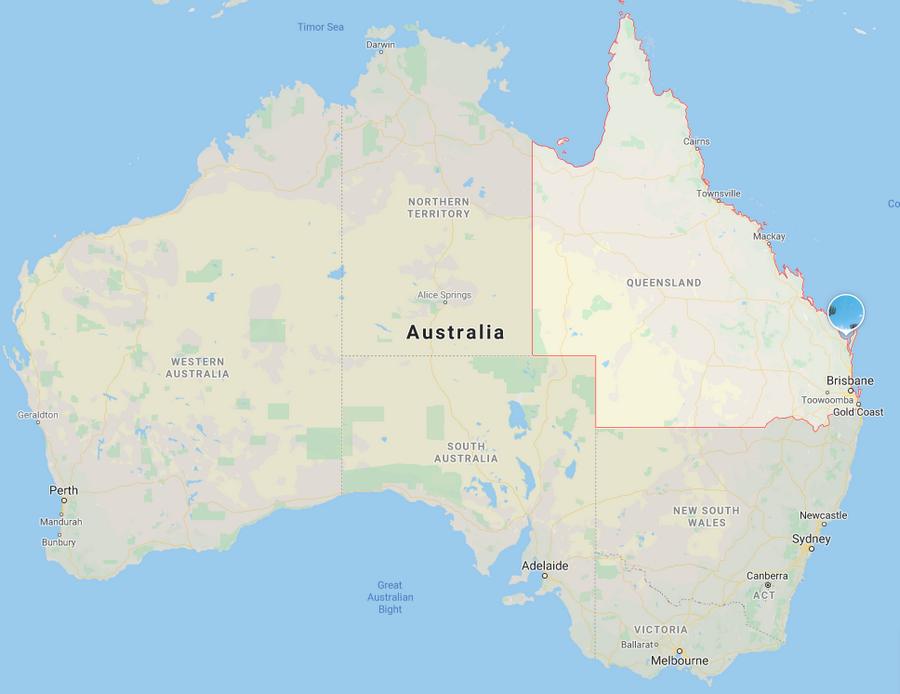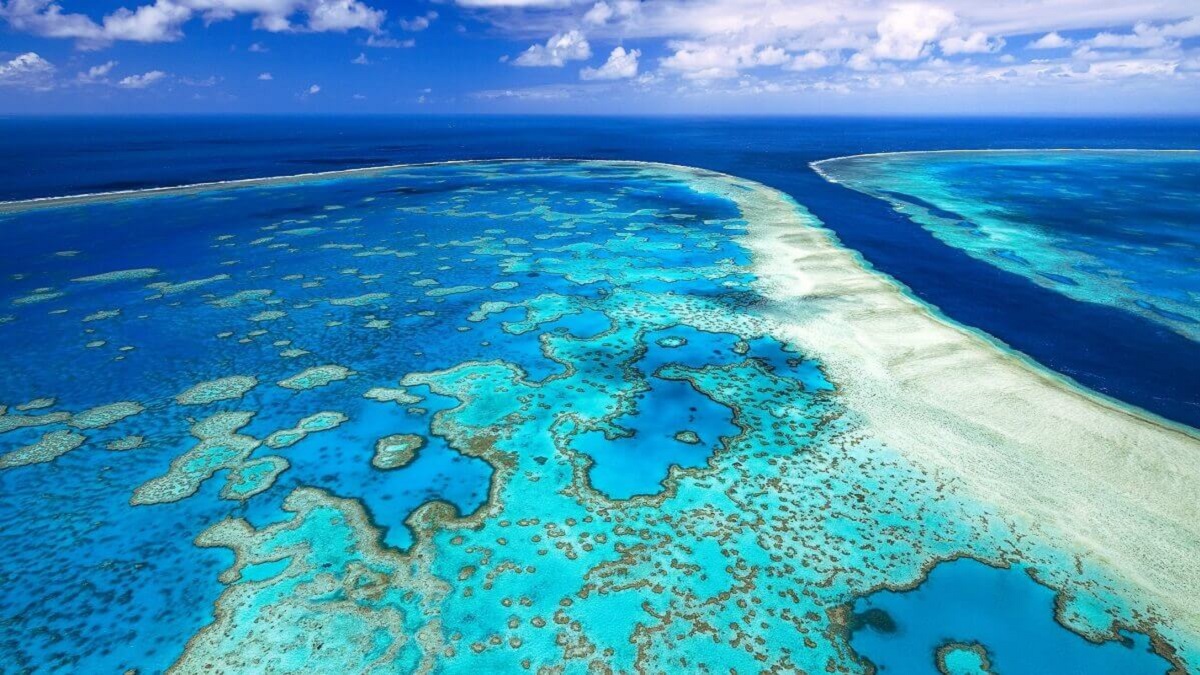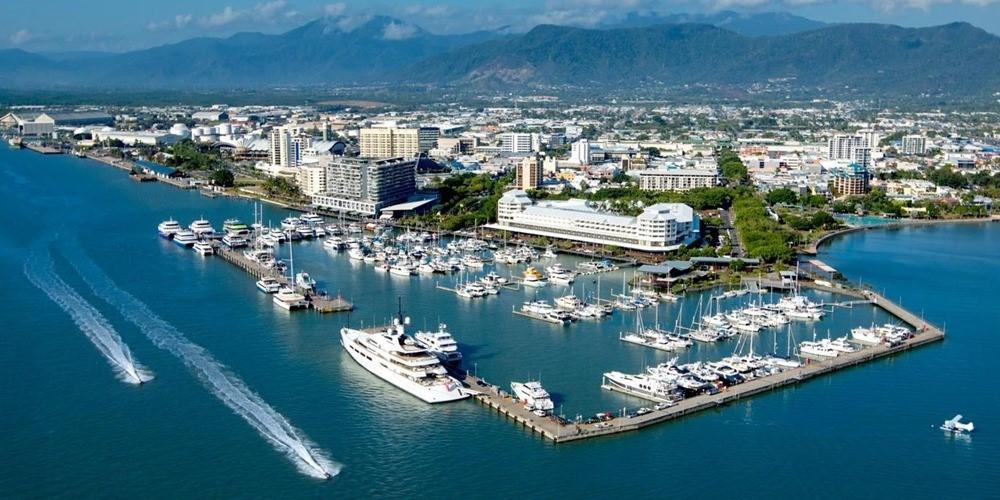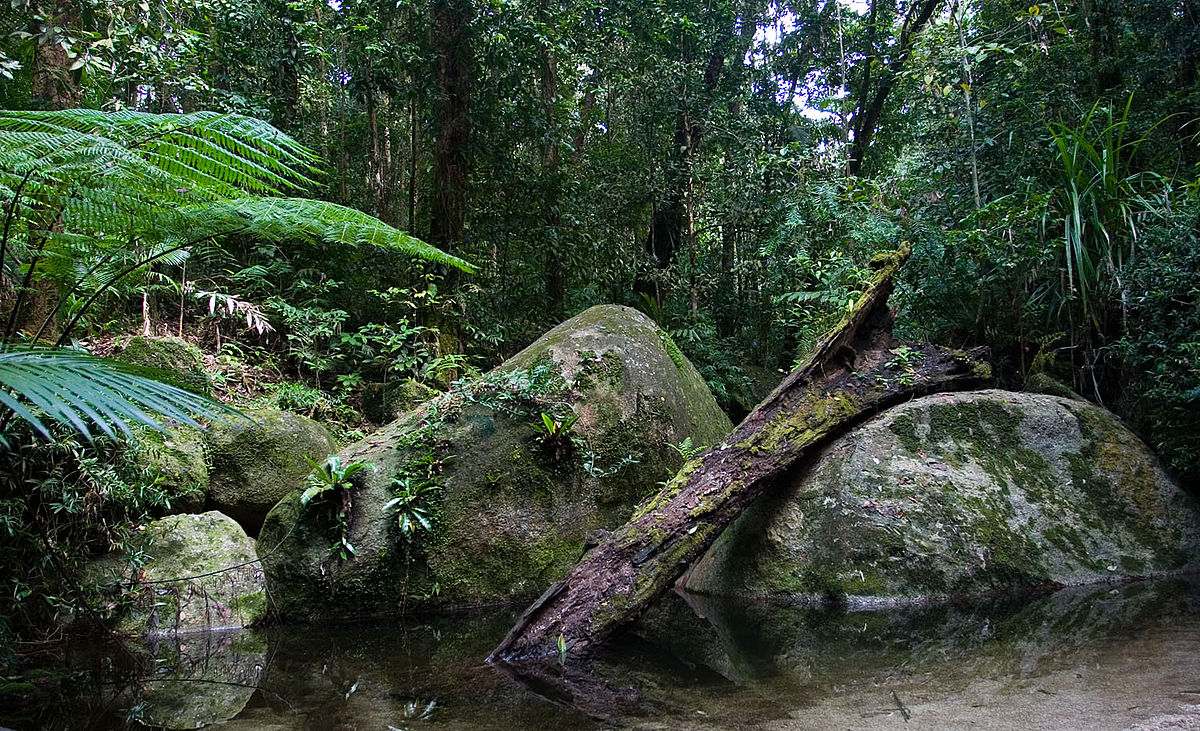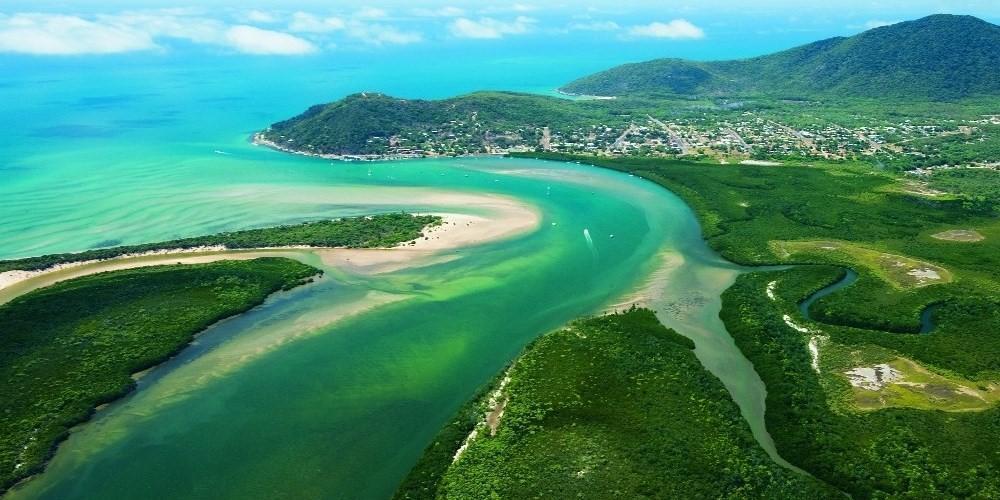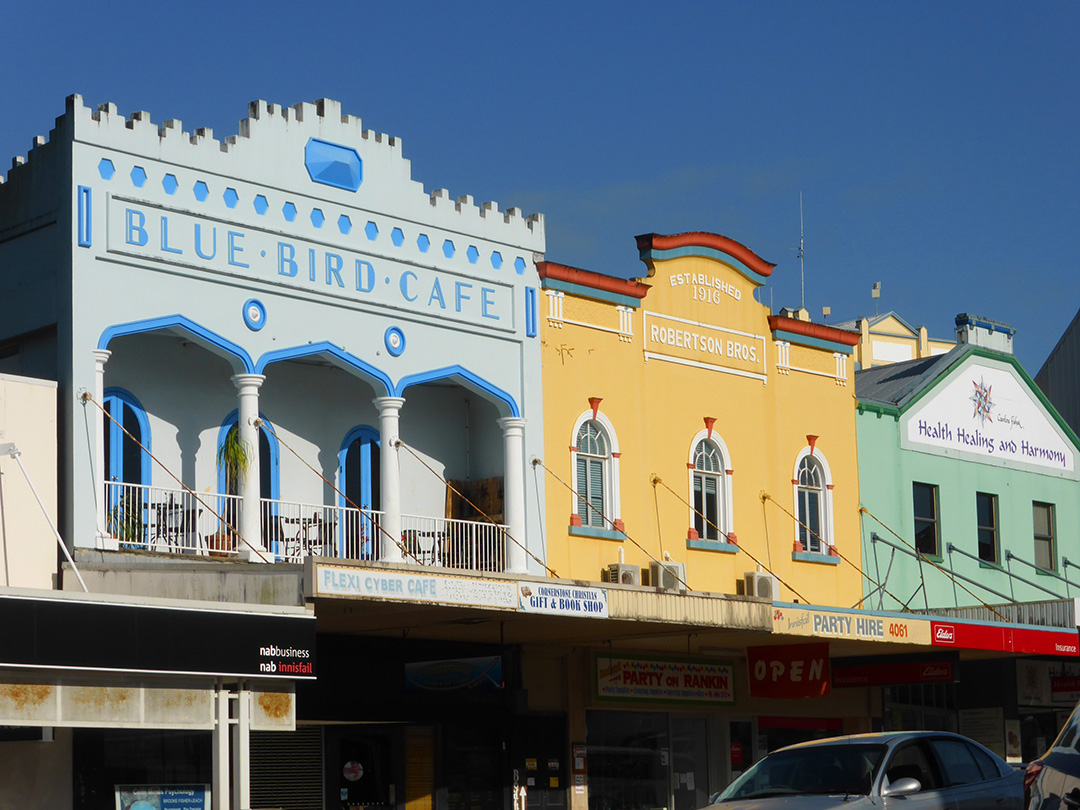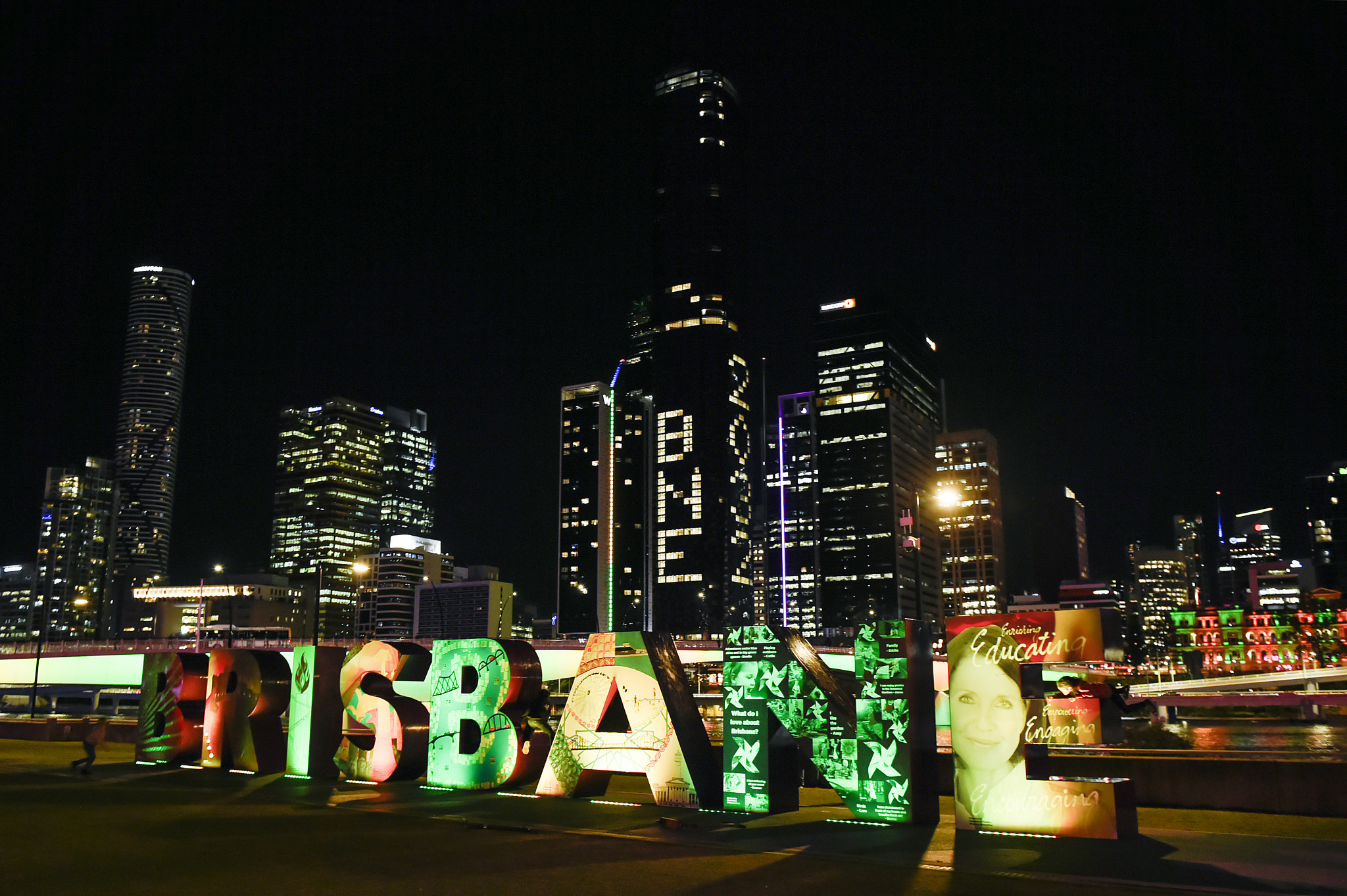Queensland Australia - Explore The Sunshine State Of The Land Down Under
There is a piece of paradise waiting for every traveler in Queensland and it can be found anywhere from the glittering nightlife of the Gold Coast to the vibrant underwater world of the Great Barrier Reef.
Author:Sophia HarperReviewer:Liam JonesJan 01, 202583.3K Shares1.1M Views
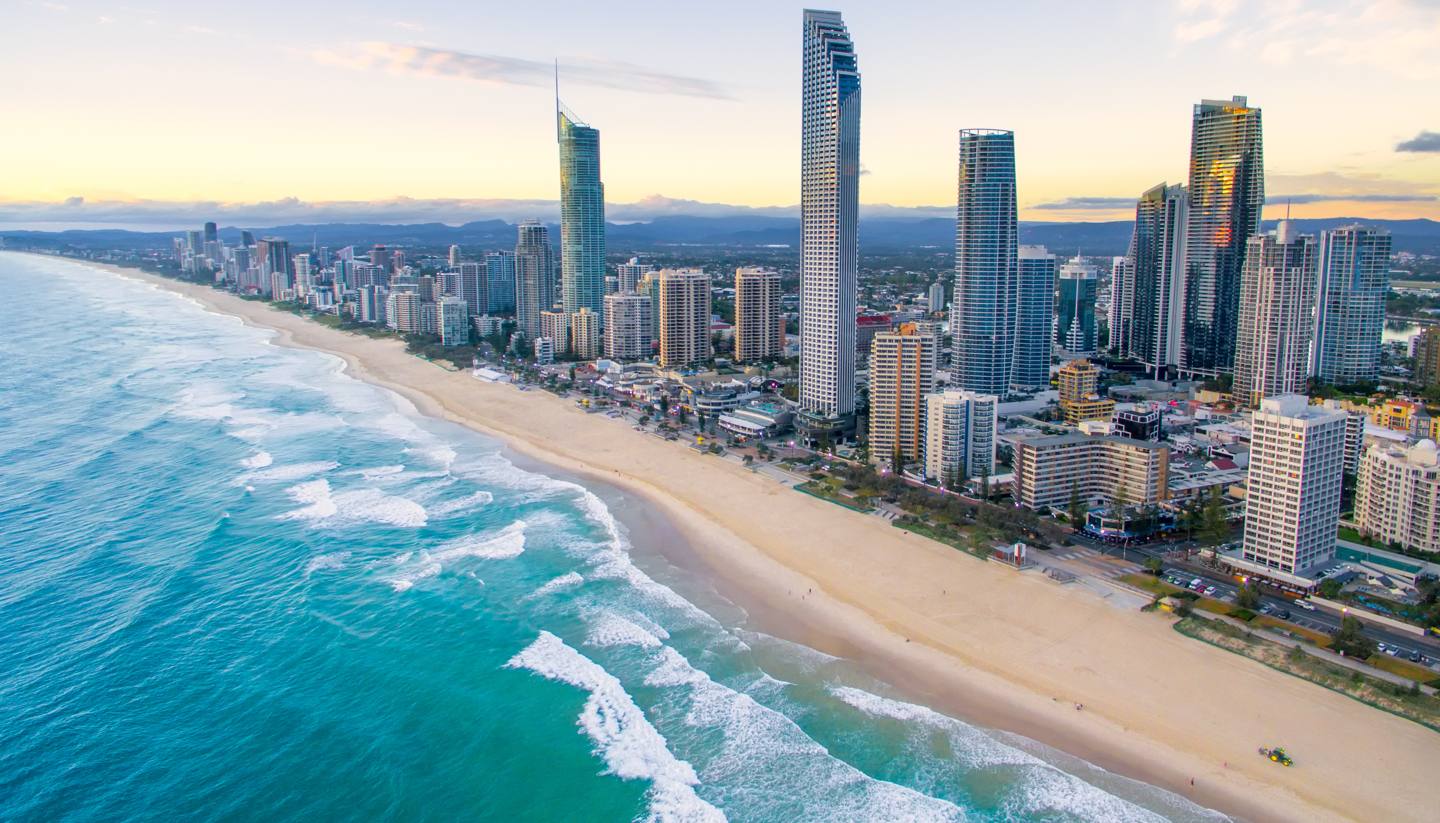
There is a piece of paradise waiting for every traveler in Queensland Australia, and it can be found anywhere from the glittering nightlife of the Gold Coast to the vibrant underwater world of the Great Barrier Reef.
There is something utterly enchanted about the natural splendor of Queensland, which is home to more than one thousand different types of ecosystems and five sites that are listed on the World Heritage List.
Here, islands of white sand dot aqua waters in the Whitsundays; colorful coral bursts to life with fish and turtles on the Great Barrier Reef; and lush green canopies dance in the sun in the Daintree Rainforest. All of these natural wonders can be found here.
Queensland Australia Facts
Queensland is a state in northeastern Australia that has the wettest and most tropical climate on the continent. The Coral Sea (an embayment of the southwestern Pacific Ocean) borders it to the north and east, New South Wales to the south, South Australia to the southwest, and the Northern Territory to the west. Brisbane, on the state's southeastern coast, serves as the capital.
Queensland, Australia's second largest state, covers nearly one-fourth of the continent. The state is more than twice the size of Texas and seven times the size of the United Kingdom.
In terms of land occupancy, however, Queensland is Australia's largest state, with a larger occupied area than the entire state of Western Australia. It is also the most decentralized mainland state, with the majority of its people dispersed along the eastern coast for 1,400 miles (2,250 km).
The remainder of the population is dispersed thinly across almost the entire vast interior, posing significant access and communication challenges. With its large land area and small population, Queensland's economy is primarily resource-based, with the majority of its exports consisting of pastoral, agricultural, and mineral products.
More than half of Queensland lies north of the Tropic of Capricorn, and the early Europeans who arrived there, unfamiliar with tropical life, met with much adversity in their attempts to colonize the region.
However, what was once a disadvantage turned out to be an advantage. In modern times, Queensland has reaped the benefits of rapid growth in tourism, with some attractions including sandy surfing beaches, verdant estuaries, picturesque islands, and the Great Barrier Reef, which stretches for 1,250 miles (2,000 km) off Queensland's Coral Sea coastline.
The state's population grew rapidly due to "sunbelt" migration to more desirable coastal regions, while the population in the already sparsely populated interior continued to decline. 668,207 square miles of land (1,730,648 square km). 5,156,138 people in 2021.
Queensland History
Queensland's history dates back to Captain Cook, who and his crew were among the first Europeans to visit the state (albeit unintentionally) after their ship ran aground on a reef near Cape Tribulation in 1770.
However, European settlement of the state began relatively late compared to other states, a convict station was built near Moreton Bay (near Brisbane) in 1824 to cater for some of the most difficult prisoners from some of the Southern convict settlements. Following some opposition from local Aboriginal tribes, the original settlement was abandoned and relocated to where Brisbane now stands.
Queensland Australia Weather
Queensland has tropical and subtropical climates due to its location between the low latitudes of 10° and 29° S. Summer temperatures are high, with average January maxima ranging from 82 degrees Fahrenheit (28 degrees Celsius) on the coast to 99 degrees Fahrenheit (37 degrees Celsius) in the interior.
Winters are mild and sunny, with July highs ranging from 68 degrees Fahrenheit (20 degrees Celsius) in the south to 79 degrees Fahrenheit (26 degrees Celsius) in the north. The interior has the most prolonged summer heat, while the southern interior and highlands have cooler winters with up to 100 days of frost.
Precipitation and humidity continue to fall from the coast to the interior. A narrow coastal zone receives 30 to 60 inches (750 to 1,525 mm) of rain per year, with the southwest receiving only 5 to 6 inches (125 to 150 mm).
Rainfall is concentrated in a wet season that lasts from summer to early autumn, especially in the northern tropics. Southern Queensland receives enough winter rain to support winter wheat cropping.
The prevailing southeast winds bring abundant rainfall to a limited coastal zone in northern Queensland all year, with annual totals of up to 180 inches (4,575 mm). Rainfall is highly variable, with extremes of drought and flood, as well as a high risk of tropical cyclone damage on the more northern coasts.
Heavy rains in late 2010 and early 2011 caused several of the state's major river systems to overflow their banks. Flooding inundated cities such as Rockhampton, Bundaberg, and Emerald, and crops were destroyed across large areas of Queensland.
Tourist Attractions
Queensland is arguably Australia's premier vacation state, with numerous idyllic holiday destinationsdotted along the coastline (all 6,900+ kilometers of it!) from Coolangatta in the south all the way up to Cape York Peninsula at the country's top.
Great Barrier Reef
Then there's the Great Barrier Reef, which stretches for thousands of kilometers from near Bundaberg (Lady Elliot Island) in the south all the way up to the Whitsundays, Cairns, Port Douglas, and Far North Queensland, all the way to Queensland's northernmost tip (and Australia for that matter).
The Great Barrier Reef is teeming with over 2,000 species of fish, turtles, dugongs, and extensive coral atolls and gardens that are protected by a World Heritage listing. And, of course, you will find Nemo.
Queensland, however, is more than just beachesand reefs. There are the Daintree and Far North Queensland rainforests. The sub tropical delights of the Gold Coast hinterland. The outback towns of Longreach and Winton, as well as the stark landscapes of Chillagoe and the Undara Lava Tubes.
It appears that no matter where you go in Queensland, there is always something new to discover. A thousand places, a thousand experiences. That, I believe, is what distinguishes the state.
Cairns
Cairns, the far north coast's "Capital," is well-known for its prime location on the Great Barrier Reef. The city draws visitors not only because of the reef, but also because of its diverse range of activities, bars and nightclubs, and laid-back attitude.
If you don't want to spend a day at sea in a glass bottomed boat or swimming with the fish, you should go to the Undersea World Aquarium and see the world's eighth natural wonder. There are also a number of art galleries, cafes, and restaurants to pass the time. Cairns is popular with everyone, from experienced divers to backpackers.
Port Douglas
Port Douglas is located about 50 kilometers north of Cairns. Only since the 1980s have tourists ventured further north to enjoy a slower pace than its southern neighbor. From June to September, the recluse country town image fades and tourism takes over.
Apart from the seemingly endless coastline, Port Douglas is an excellent base from which to explore the Daintree National Park. Take a breathtaking river cruise through the rainforest habitat, which is home to parrots, fruit bats, and crocodiles.
There is also the opportunity to explore the Great Barrier Reef without being surrounded by other tourists. Port Douglas should not be overlooked because it has so much to offer while remaining away from the crowds.
Cooktown
Cooktown is located north of Port Douglas and serves as the gateway to the Cape York Peninsula. A town steeped in history since Captain Cook's arrival in 1770, followed by a gold rush in the late 1800s.
There is now a commemorative wharf marking the location where Captain Cook grounded the Endeavour, and the event is re-enacted every year in June as part of the Discovery Weekend Festival. The beautiful Botanic Gardens, which were restored only 20 years ago, are another feature of the town.
Innisfail
Innisfail, located at the confluence of the North and South Johnstone rivers, is a prosperous town south of Cairns. Tourist attractions aren't as plentiful as they are further north, but the town does have some fantastic architectural sites to offer, as well as an all-year-round casual labor market.
Innisfail attracts many backpackers who want to help harvest tropical and rare fruits, sugar cane, and bananas, all of which are grown in the area. It is a naturally beautiful area with many parks and picnic areas.
Brisbane
Although Brisbane's commercial and retail heart, the City Centre retains the holiday feel found throughout the State, with its wide open spaces lined with massive Moreton Bay fig trees and pulsing outdoor activity.
Among the more than 500 shops and department stores, as well as numerous cinemas, theaters, nightclubs, and restaurants, are attractive historic buildings and churches. The Queen Street Mall is a good place to start your exploration. The picturesque Botanical Gardens are within walking distance at the southern end of the city center and are popular with skaters, joggers, and picnickers.
People Also Ask
What Is Queensland Australia Known For?
Queensland is well-known for its beautiful beaches and tropical islands. There are over 200 national parks covering more than 6.5 hectares across the state, as well as lush mountainous rainforests, bushlands and creeks, and flat table lands ideal for farming.
Is Queensland Expensive?
According to the latest Australian Bureau of Statistics (ABS) study on spending habits, Queensland families spend more than $76,000 per year on general living expenses, with rising costs on housing, food, energy, and transportation eating up the majority of people's pay.
Is Queensland Australia A Good Place To Live?
Queensland provides a relaxed, outdoor lifestyle, combining some of the world's most beautiful beaches with charming country towns and cosmopolitan city life. When moving to Queensland, families who want to leave the hustle and bustle of Sydney and Melbourne have a variety of options.
Conclusion
Queensland is Australia's second largest state (after Western Australia), with two-thirds of the state located above the Tropic of Capricorn. If you want to explore Queensland, you'll need a car, so if you arrive by plane, we recommend picking up a cheap rental car from Alpha Car Hire, which is located just outside the airport.

Sophia Harper
Author
Sophia Harper’s photography acts as a portal to the soul of the places she visits. Drawn to South America’s landscapes and cultures, she has spent years capturing everything from the majesty of ancient ruins to the vibrancy of urban streets.
Sophia’s work isn’t just about documenting moments; it’s about evoking the emotions and stories behind them. A dedicated photographer, she has worked with local communities across South America to capture their rich cultural narratives through her lens.
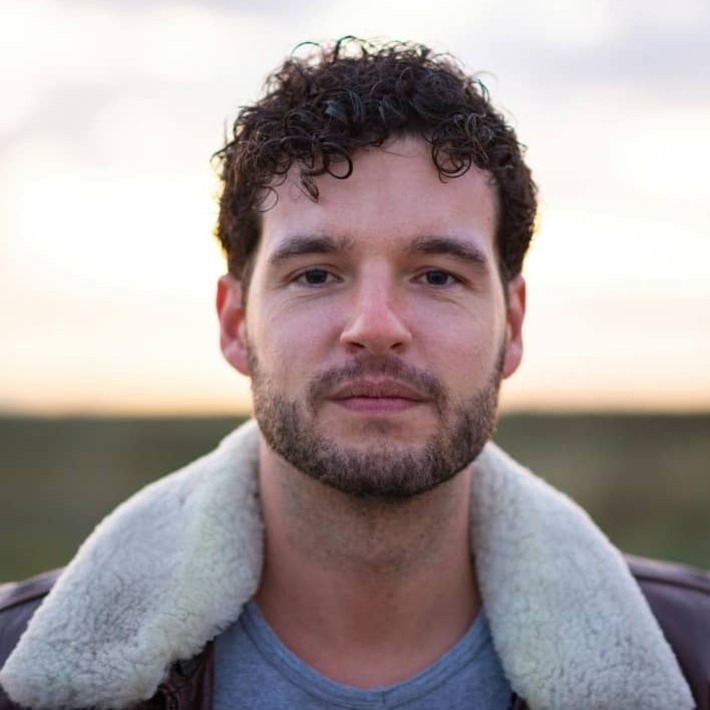
Liam Jones
Reviewer
Liam Jones has made it his mission to prove that adventure doesn’t need a hefty budget. Having traveled to over 40 countries, he specializes in finding affordable ways to experience the world, from the best street food in Bangkok to hidden gems in Lisbon.
Liam’s travel tips have reached thousands of readers, empowering them to see the world on a shoestring budget without sacrificing quality. With a deep passion for local cultures, he continues to share his travel hacks, ensuring adventure remains accessible to all.
Latest Articles
Popular Articles
